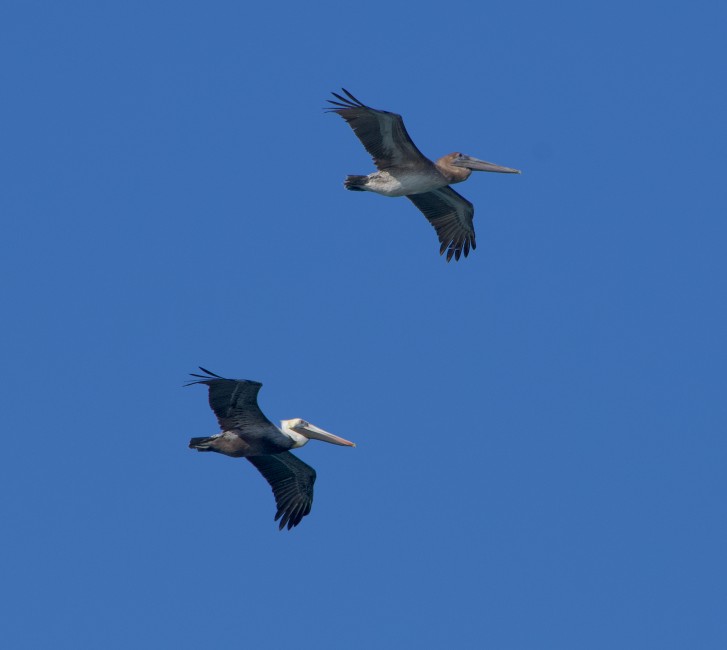
August 3, 2020
Our Influence Can Be Positive or Negative
- as seen by -
 Jason M. Aloisio
@TRUEcologyNYC
Jason M. Aloisio
@TRUEcologyNYC Brown pelicans (Pelecanus occidentalis) are relatively common all along the Pacific and Atlantic coastlines of the Americas, but in the mid 1900s, these birds were on the brink of collapse.
Just 50 years ago, brown pelican populations had plummeted due to widespread use of the pesticide DDT (Dichlorodiphenyltrichloroethane) making them, at the time, a highly endangered species.
In her classic book, Silent Spring, founding mother of conservation, Rachel Carson, details the atrocious impact of DDT on bird populations.
Thanks to Carson’s efforts, DDT was drastically curtailed in the early 1970s and bird populations of many species rebounded, including that of the brown pelican.
As I sat on the shoreline of the Gulf of Mexico in Costa de Orro (the gold coast) of Veracruz, Mexico, not far from the port where the conquistadors set off in 1519 to conquer Montezuma and the Aztec Empire, watching this majestic flock of Brown Pelicans float past me, I recalled a quote by a WCS friend and colleague.
“Human influence on Earth can be positive or negative, benign or catastrophic. Recognizing this responsibility is the first step each of us can take to transform the human footprint and save the last of the wild.”
–Eric W. Sanderson, PhD
EDITOR’S NOTE: Jason cycled from the Bronx Zoo through Central and South America from October 2019 to March 2020. His trip ended early as COVID-19 became a pandemic. He is safe and back in New York.
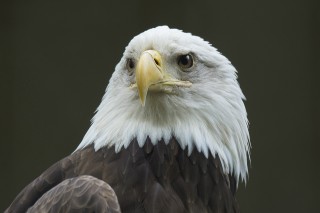
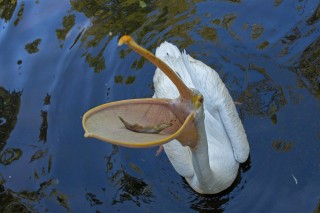
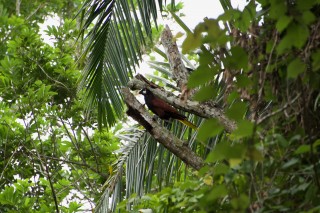
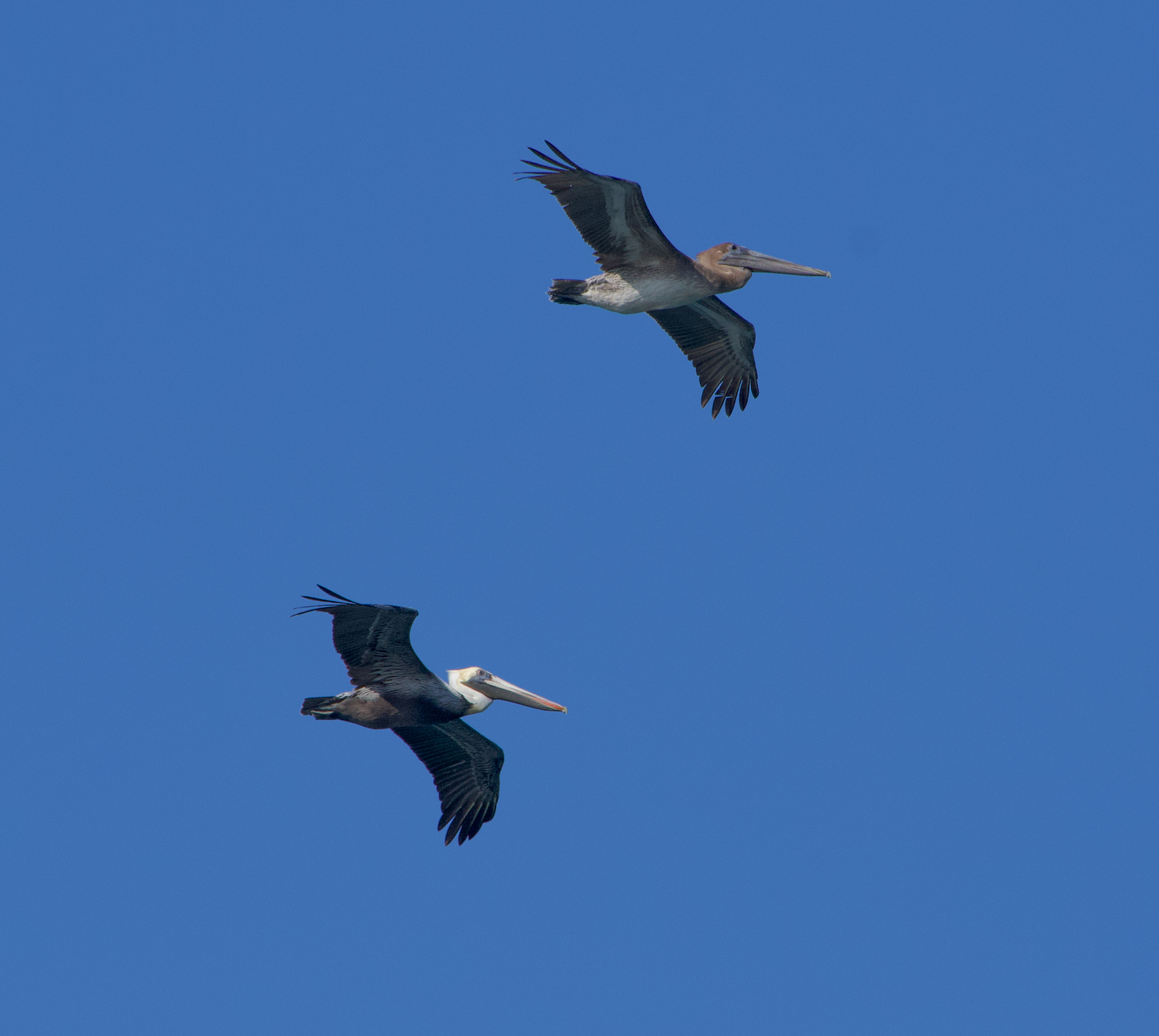
Leave a Comment